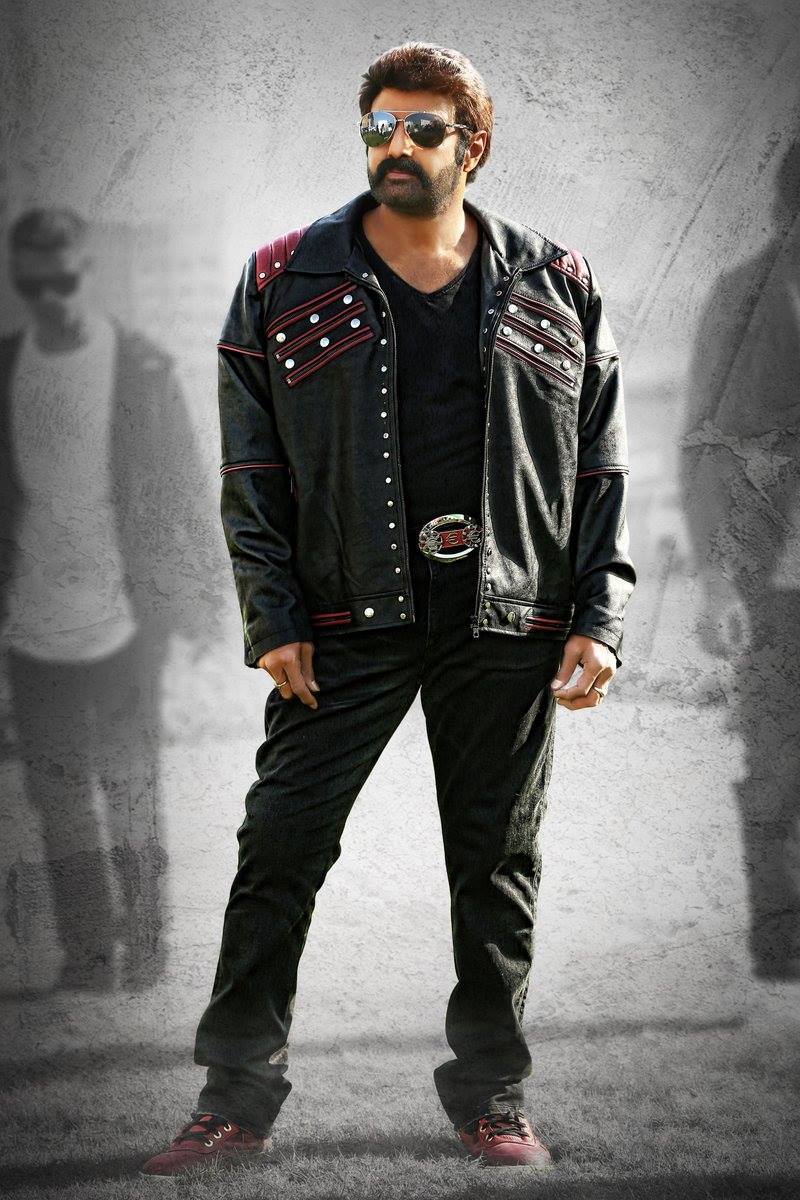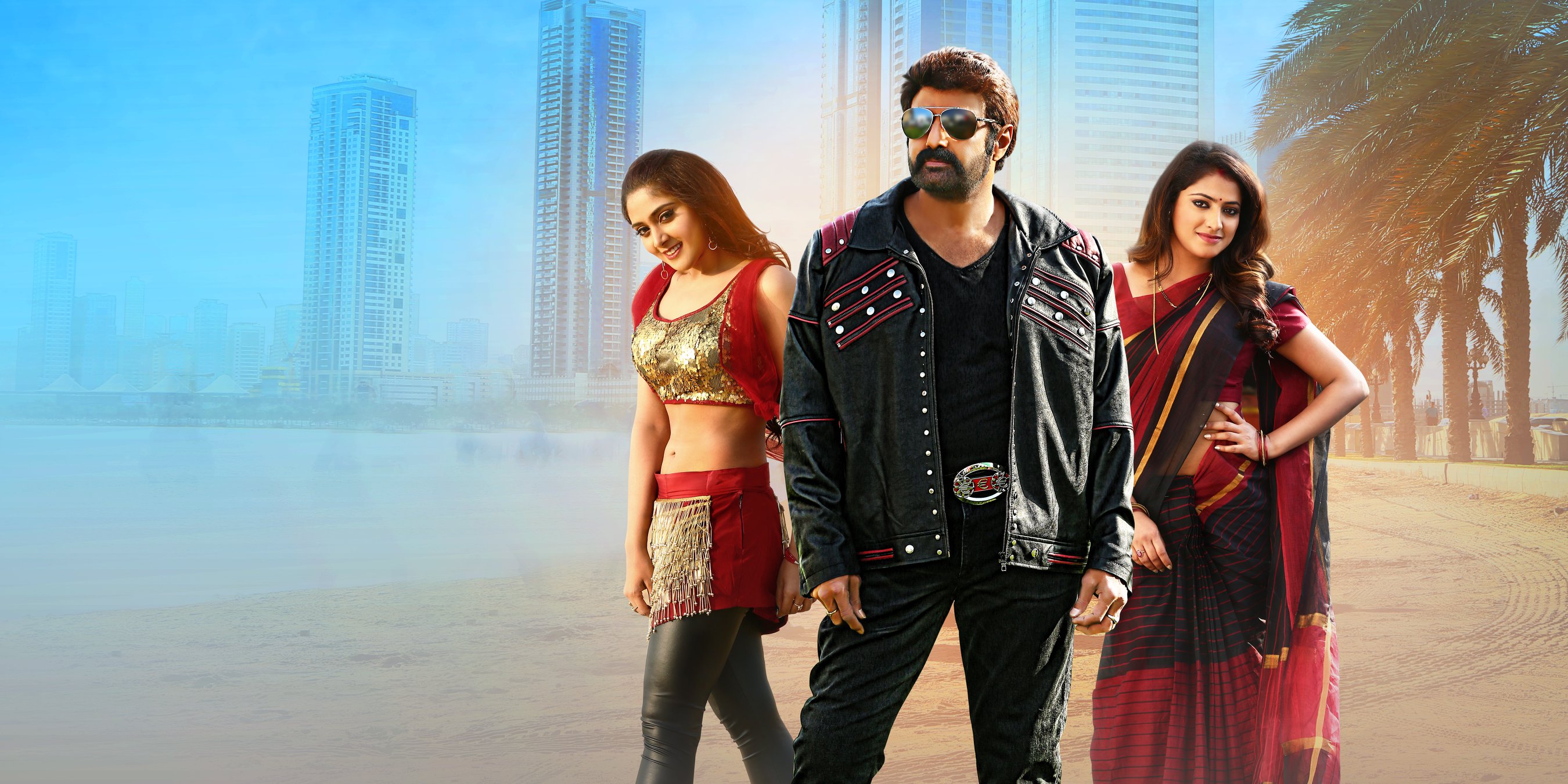
Vittal was not overfond of his school or his books, and so came in for a large measure of his teacher’s wrath. This practice continues even today amongst Nambudiri Brahmins.


He then made the local chief issue an edict that a corner should be set apart in each Illam or house of the Nambudiri Brahmins to burn the dead of the family and that they should cut the dead body into parts and then burn the same. Sankara wanted to teach the Nambudiris a lesson. He then made a pyre there of stems of plantain trees and set fire to it by his Yogic power. As he could not carry the entire dead body, he cut it into pieces and removed the pieces one by one to the backyard of the house. At last Sankara determined to perform the funeral rites all alone. They did not come forward to assist him even in carrying the dead body to the place of cremation and refused to give fire for igniting the funeral pyre. Sankara's relatives also did not help him. The Nambudiri Brahmins were all against Sankara. Usually, Sannyasins do not perform any of the rites or ceremonies which are enjoined on the householders. Sankara encountered serious difficulties in performing the funeral rites of his mother. Mandana Misra accepted his defeat and offered to become a Sannyasin and follow Sankara. The garland of Mandana Misra began to fade first. The controversy went on for seventeen days. She left the place and began attending to her household duties. She threw two garlands, one each over the shoulders of each of the disputants, and said: "He whose garland begins to fade first should consider himself defeated".

Bharati did not sit and listen to their controversy. The controversy began in right earnest and continued for days without any interruption. It was agreed beforehand that Sankara, if defeated, would become a householder and marry and that Mandana, if defeated, would become a Sannyasin and receive the robe of a Sannyasin from the hands of his own wife. Bharati who was the wife of Mandana Misra and who possessed scholarly erudition was appointed as the umpire. Then Sankara challenged Mandana to a religious controversy. An ugly conversation was started when the Brahmins, who were present there for dinner, interposed and pacified Mandana Misra. Immediately Mandana Misra became very furious. He was performing a Sraaddha ceremony when Sankara somehow dropped down there. Mandana was brought up in the Karma Mimamsa faith and so he had intense hatred for the Sannyasins. Mandana Misra was the chief Pundit of the court of Mahishmati. The previous Avataras like Rama and Krishna took birth in the Kshatriya Varna (warrior caste), because in their days they had to wield military weapons in the restoration of Dharma. It was in order to forge this weapon and wield it with efficacy that Sankara took birth in the Brahmin Varna (caste) and entered the Sannyasa (renunciate) order early in life. Hence the evil had to be combated purely by the weapon of knowledge and self-purification. The seeds of Adharma (unrighteousness) were then working in the minds of almost everyone. The menace to Dharma in the Kali age (age of destruction) arose from obstacles that were more internal than external, more mental than physical. The previous Avataras, like Rama and Krishna, used physical forces because the obstacles to Dharma in those days arose from the physical obstructions and molestations of the Asuras (demons). The weapon he used was pure knowledge and spirituality. Still, single-handed, within a very short time, Sankara overpowered them all and restored the Vedic Dharrna and Advaita Vedanta to its pristine purity in the land. The forces opposed to Vedic religion were more numerous and powerful at the time of Sankara than they are today.

The existence of Vedic Dharma in India today is due to Sankara.


 0 kommentar(er)
0 kommentar(er)
